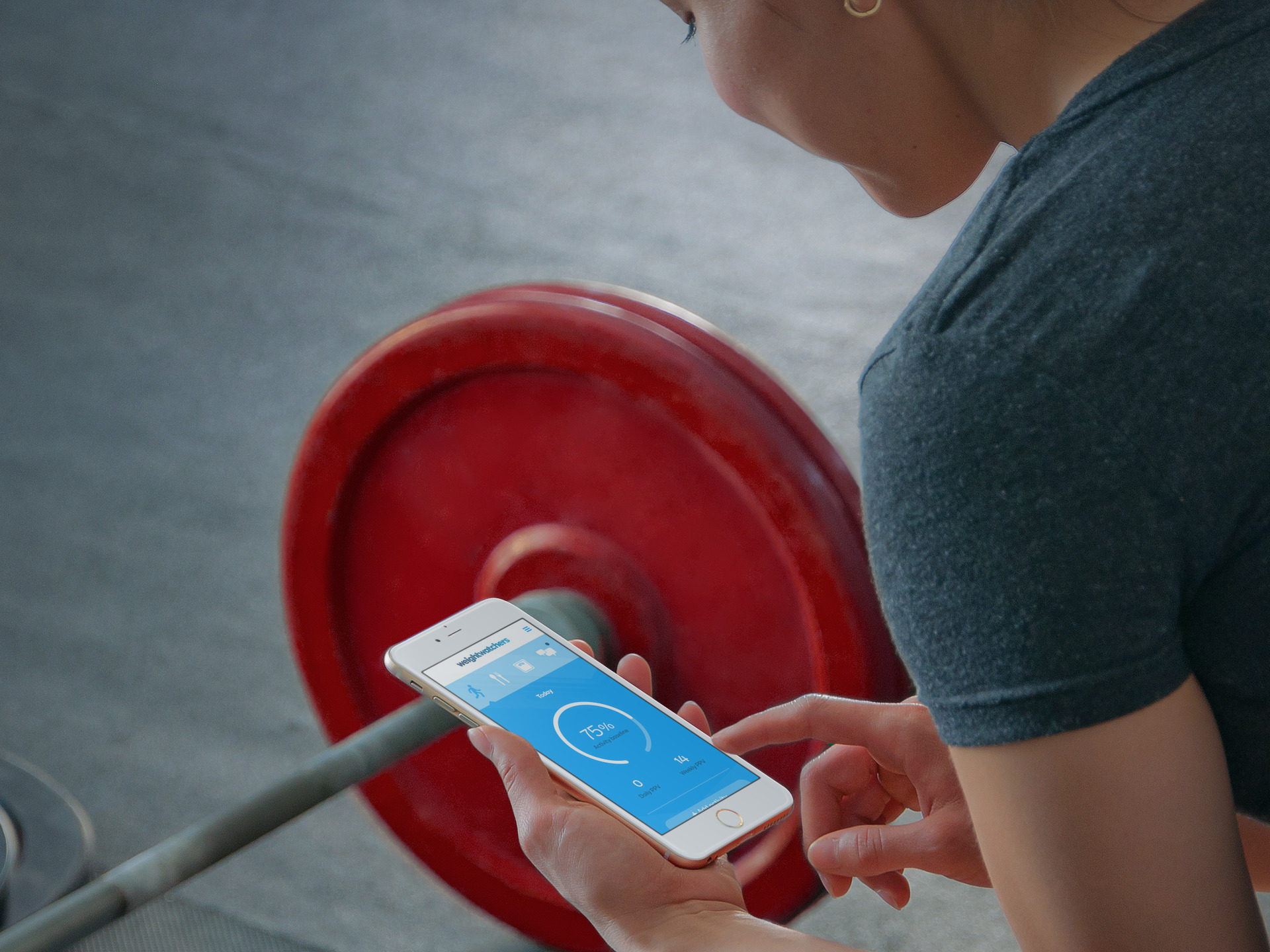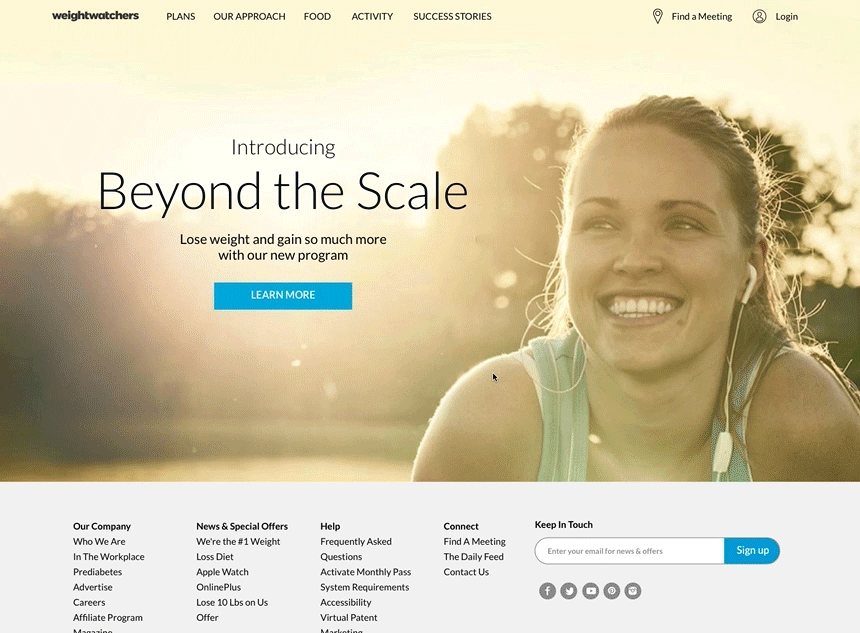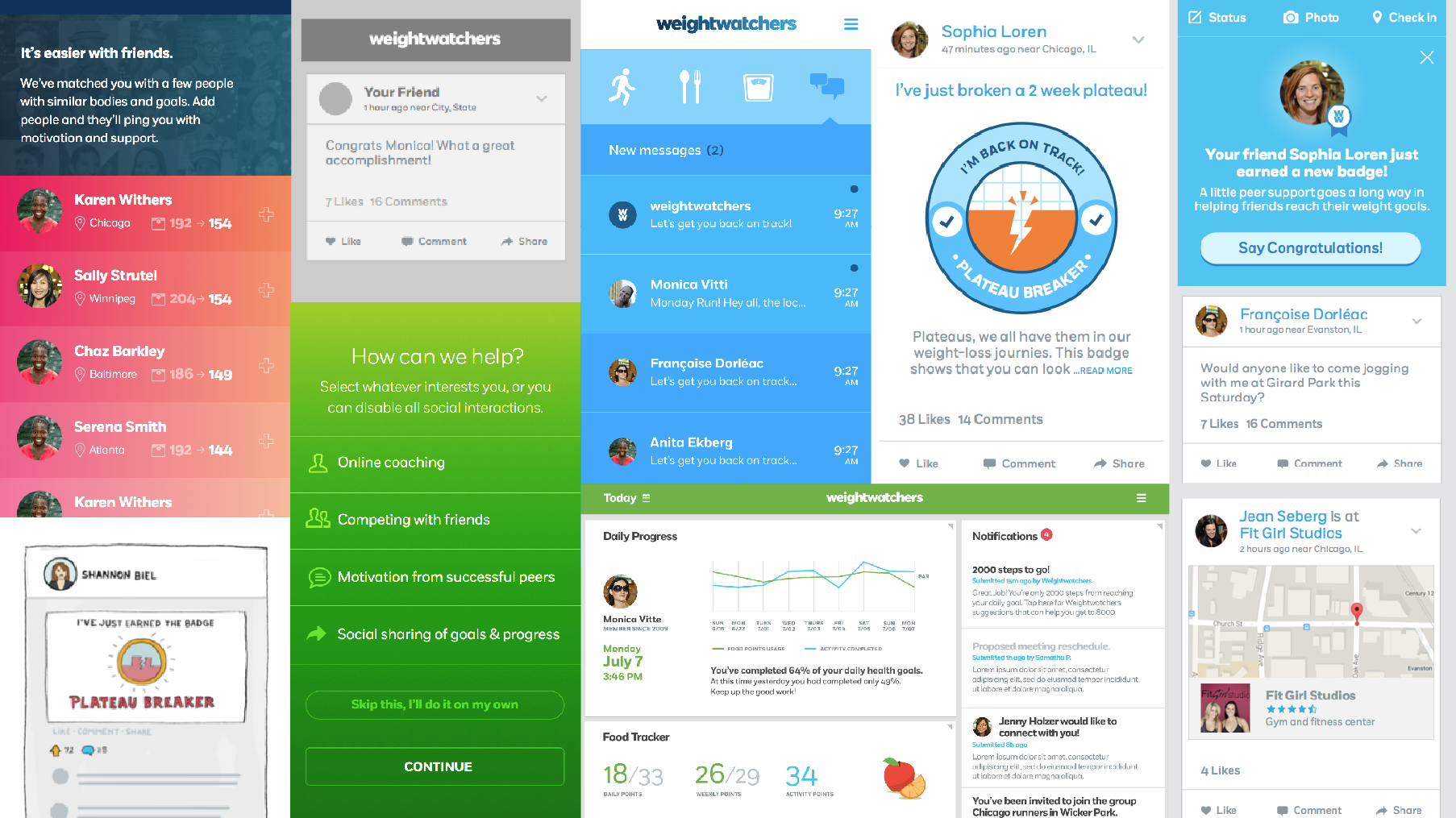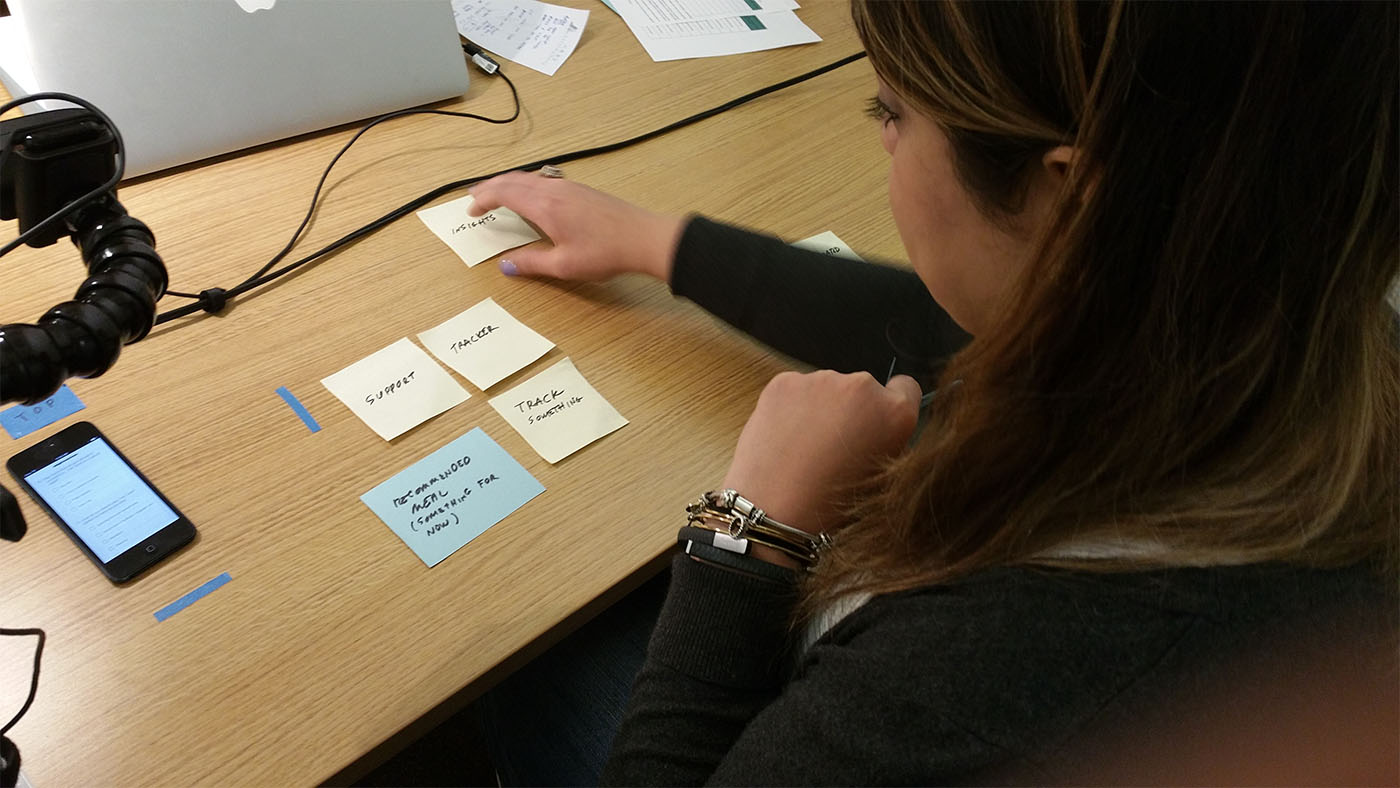WeightWatchers
Elevating Member Outcomes Through Experience Design

The Challenge
Update the Weightwatcher’s web and app experience for millions of current members.My role
Lead Experience Designer (XD) on a crossfunctional team of designers, engineers, and other roles at Slalom & Weightwatchers.WeightWatchers faced a critical issue: members were leaving due to outdated digital tools. The rise of competitors like Fitbit and MyFitnessPal highlighted the need for a modernized experience. In-person meetings remained a strong feature, but the lack of digital integration left members searching for better solutions. This gap risked losing members who sought alternative apps and tools.
As Lead Experience Designer, I collaborated with cross-functional teams to deliver a seamless platform upgrade. My focus included defining user flows, creating a cohesive design system, and ensuring feature alignment. I also developed detailed screen architecture diagrams to enhance team collaboration and clarity. Working closely with researchers and developers, I guided design decisions based on user feedback.
Phase 0: Wearable activation prototype

Phase 0: Fitness Integration
We prioritized fitness tracker integration as the most pressing need. Members could now sync devices like Fitbit, eliminating app-switching. The portal supported syncing and offered a dashboard displaying fitness data. Rewards like extra dietary allowances for high activity were added to boost engagement.
UI & Visual Design Exploration
Working with talented supporting UI and visual designers, we explored a wide range of options, from subtle refinements to bold reimaginings. Some designs adhered to the existing WeightWatchers brand, while others ventured into entirely new territory. Ultimately, we implemented a simple and elegant style guide, designed for forwards compatibility with future applications. This foundational approach proved invaluable as it became the basis for WeightWatchers' next phase of digital work, ensuring consistency and scalability.Visual and conceptual explorations.




Phase 1: Fitness Tracking Features
We designed intuitive interfaces to ensure smooth device integration. Iterative testing helped refine usability for diverse member needs.
Fitness Tracking Features

Food tracking evolved with features like recipe management and favorites. A health dashboard provided actionable insights into eating habits. The redesign ensured ease of use and integration with other app features.
Dietary tracking redesign

New features fostered stronger member connections and personalized support. Integrated coaching tools provided actionable advice and motivation.
Social & coach support features

Research & Empathy
User Research: In-person session at WeightWatchers lab

Visual and conceptual explorations.
Outcomes
The Beyond the Scale platform launched successfully, reinvigorating WeightWatchers' digital presence. Engagement increased, and the organization regained competitive footing. High-profile partnerships, like Oprah's involvement, further bolstered brand visibility. This success allowed the company to focus on future innovations.